Link to science notes! (You may need to put it into presentation mode to see everything)
Classifying Animals Review
-
Give two reasons to explain why reptiles can live on land. (Two examples and why these allow them to live on land.)
Two adaptations are:
Amniotic Egg – An egg with a shell and a membrane that keeps water in. This means the egg could survive on land and not dry out.
Dry, Scaly Skin – Reptiles are covered in hard scales that prevent water loss. An amphibian has thin, wet skin that water can move through.
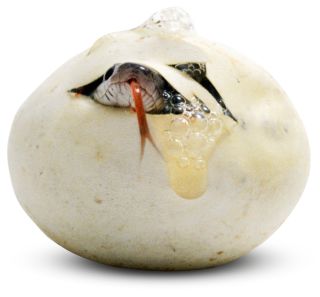
2. Define the following words:
| Ectothermic – “Outside heat.” Ectothermic animals must get their heat from the environment. Their body temperature will be the same as the environment. | |
| Endothermic – “Inside Heat.” Endothermic animals make their own heat. Their body temperature stays constant. |
|
| Lateral Line – Only in fish. A sensory organ that runs along the side of each fish that detects pressure changes in the water. | |
| Monotreme – A group of egg-laying mammals (Duck-billed Platypus) |
-
Describe what the graph is showing. Be sure to use the word ectothermic and endothermic in your description. Use as much detail as you can – you should be writing this to describe it to someone without the knowledge you have!
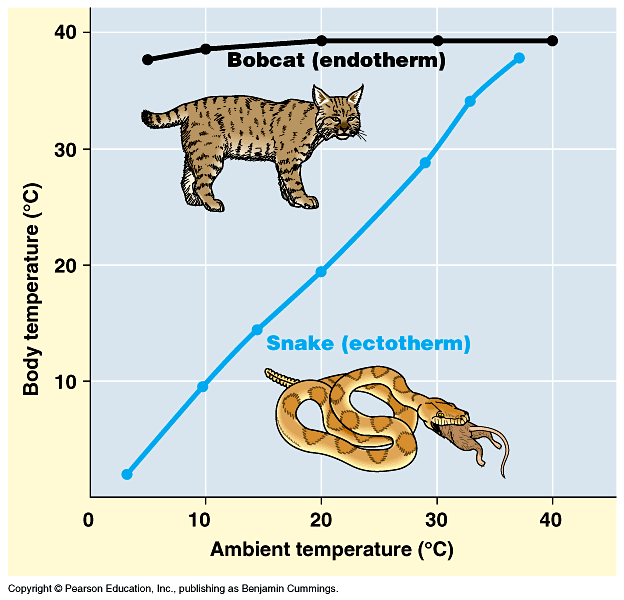
The graph below shows body heat vs. ambient (outside temperature). We can see that the Bobcat, which is endothermic, has a body temperature that stays around 37 degrees C no matter what the outside temperature is. That is because endothermic animals produce their own heat so their body systems can always work efficiently.
When we look at the snake, we see that the snakes body temperature is the same as the outside temperature. For example, when it is 10 degress C outside, the snakes body temperature is 10 degrees C. This shows that the snake is ectothermic, meaning it must get its heat from outside sources. If it is cold outside, the animal is cold. When it gets warmer, the animal gets warmer.
4. Fill in the table about invertebrates
| Cnidaria | Mollusca | Arthropoda | |
| Example animals | Jellyfish, Sea anemone, coral | Squid, Snails, Clams, Octopus | Spiders, insects, crabs, lobsters |
| Shared Characteristics | – Stinging Cells and radial symmetry | – Soft body and a shell at some point in its history (squid have evolved to have a reduced shell – more on this later:) | – Jointed limbs and exoskeleton |
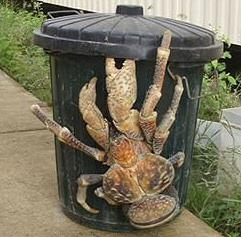
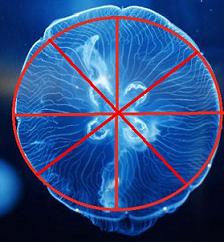
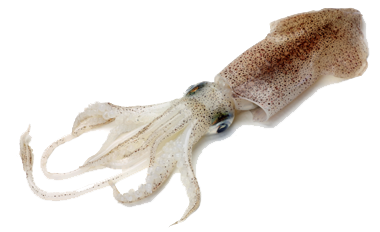
Link to invertebrate Webquest – remember you will need to know one group of invertebrates! (two shared characteristics and 3 example animals)
You will do great!
Comments by shaun pletsch